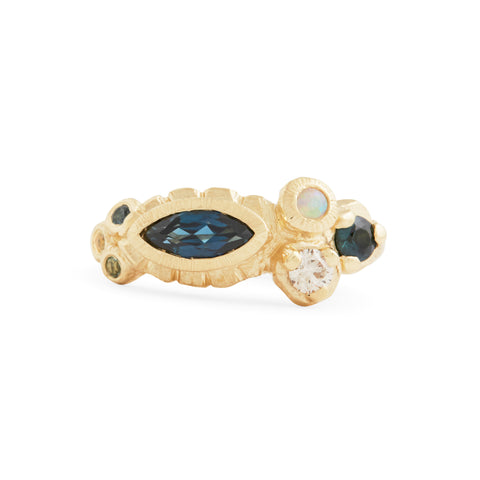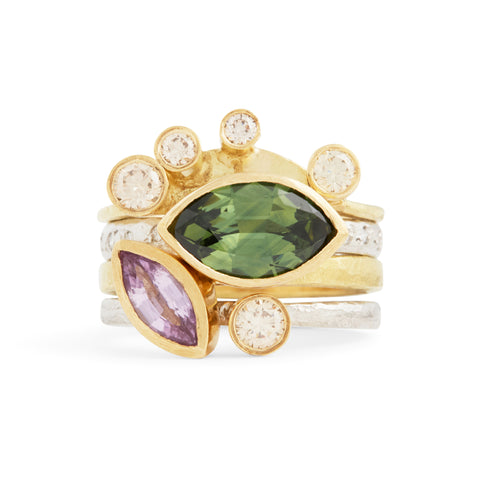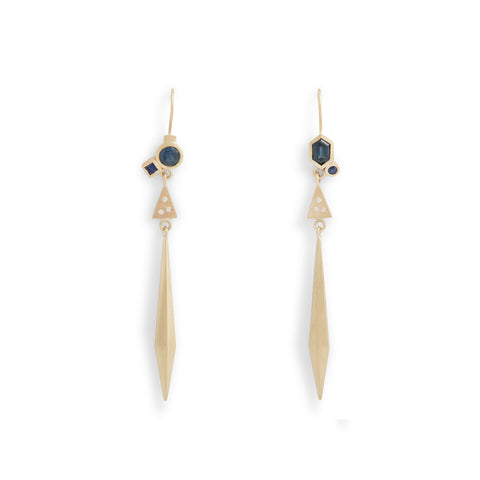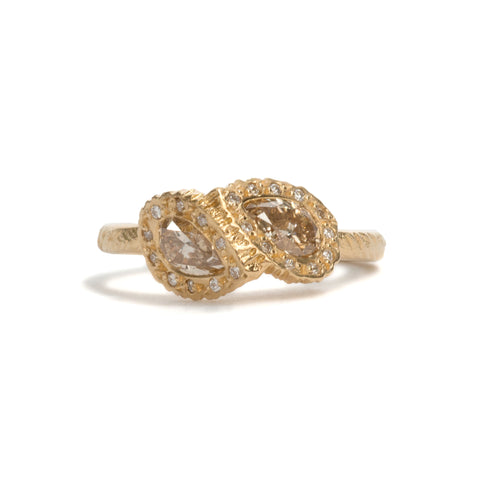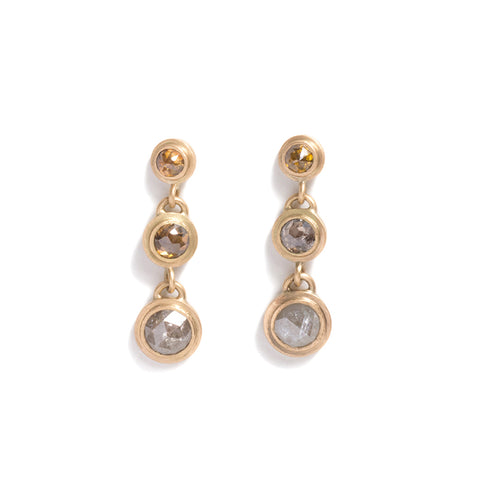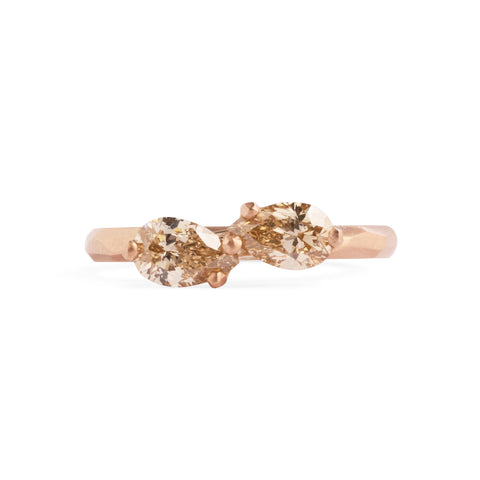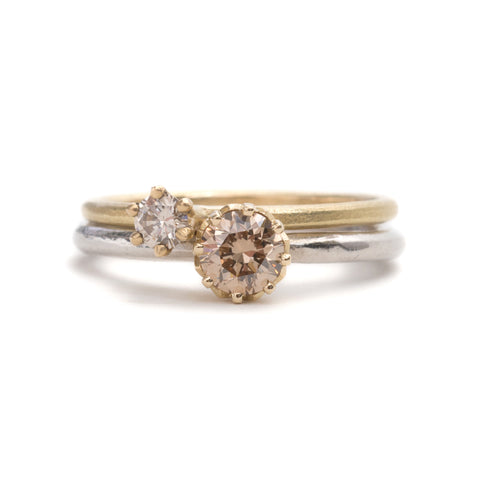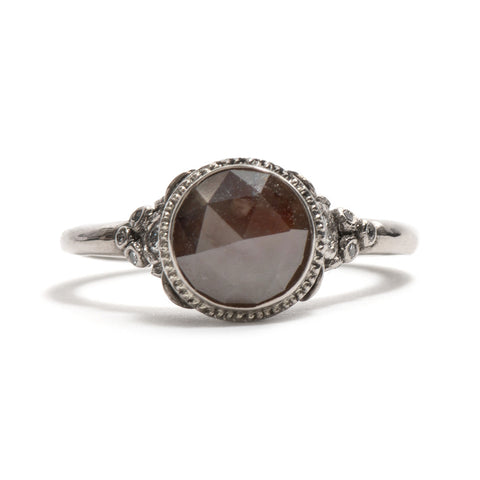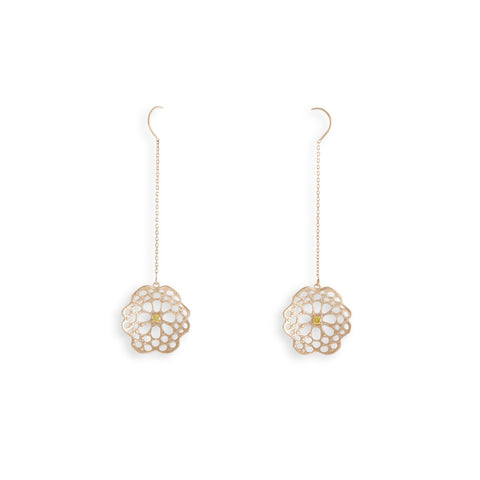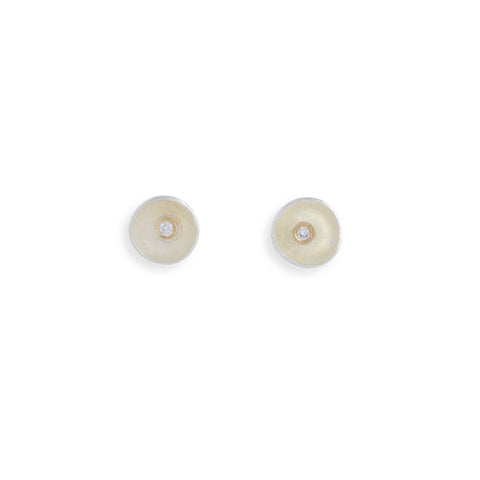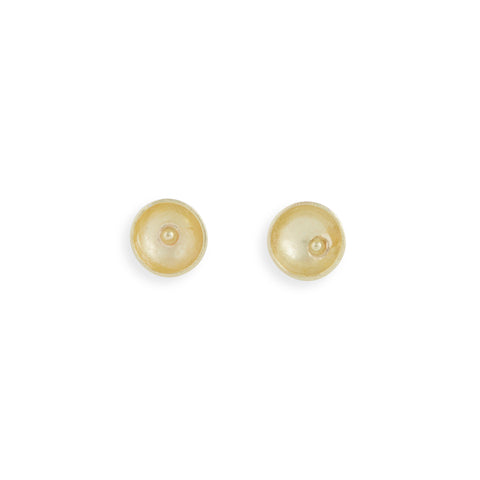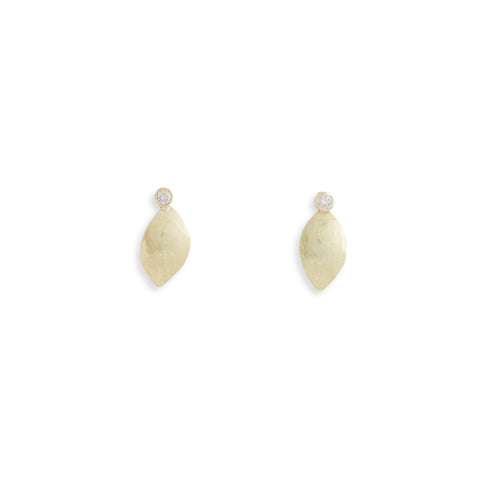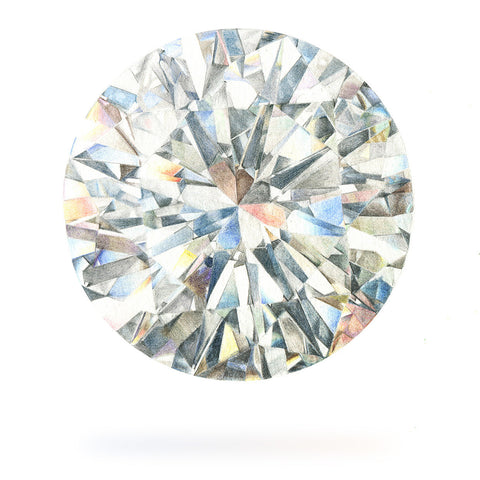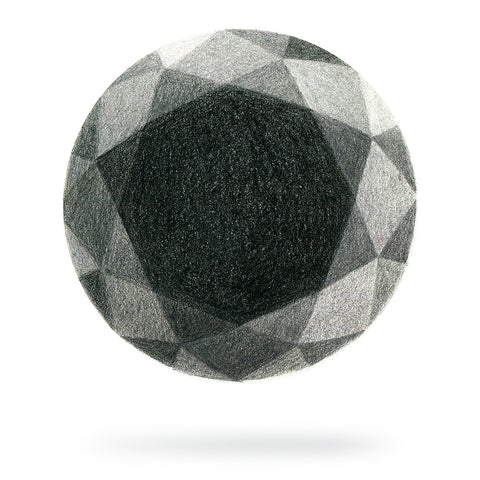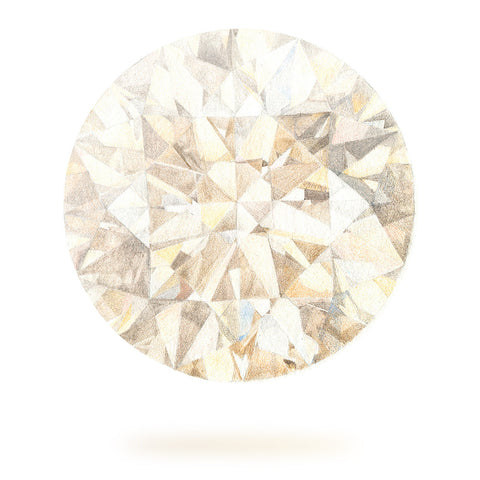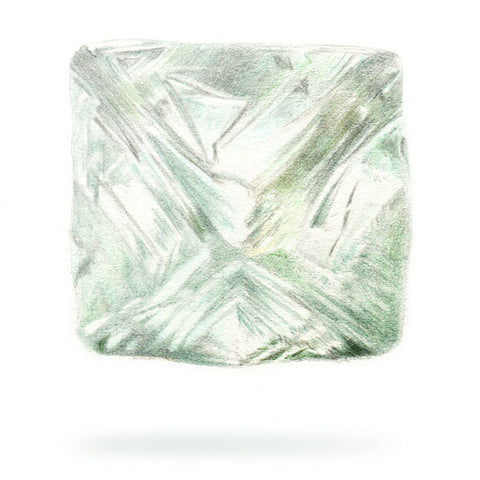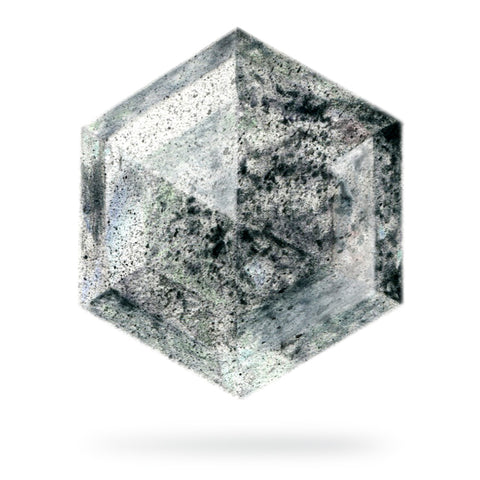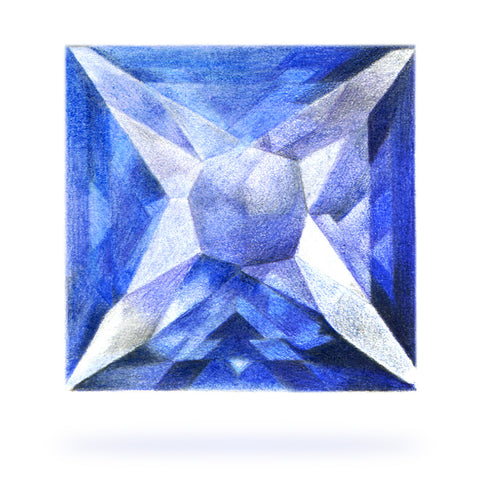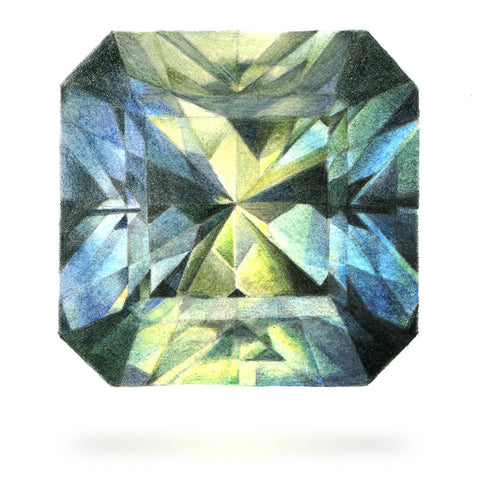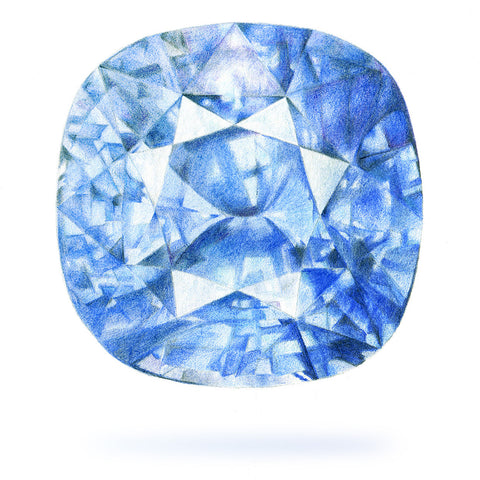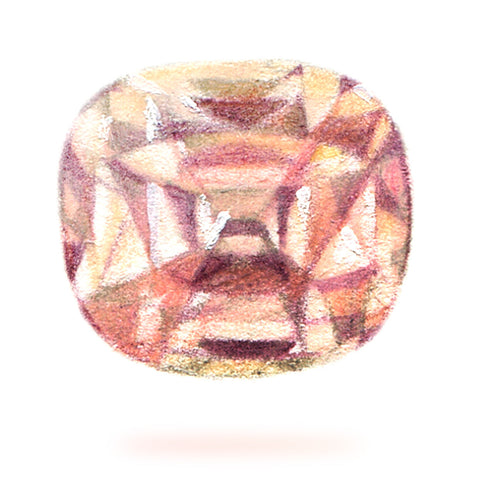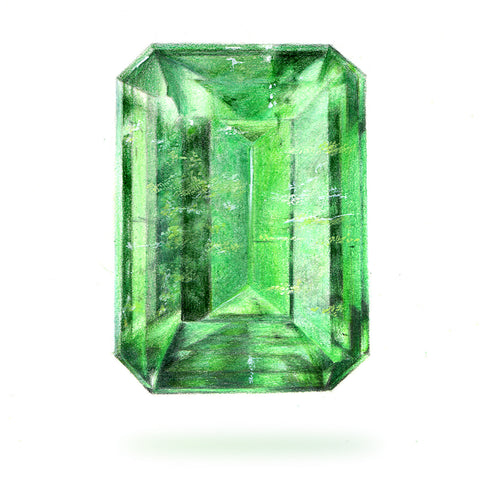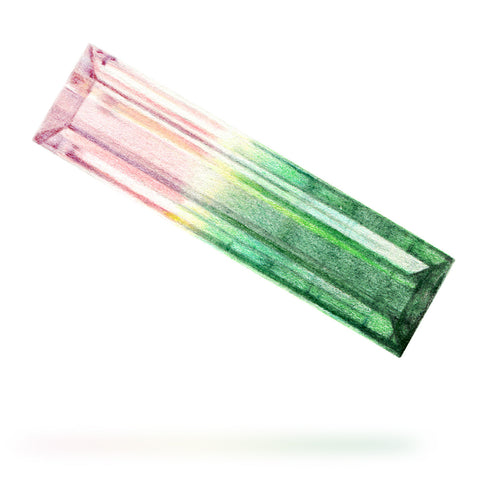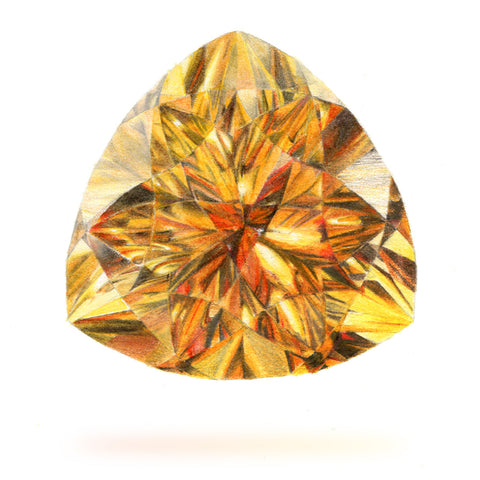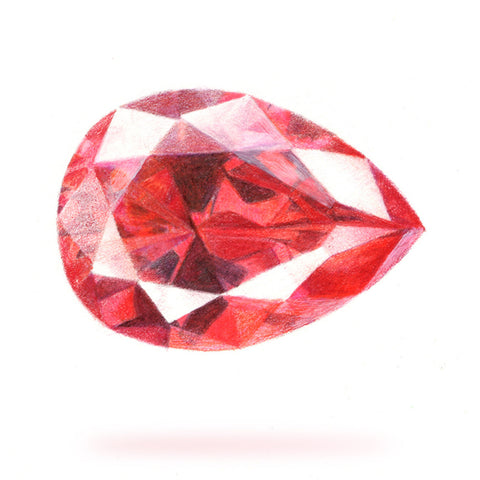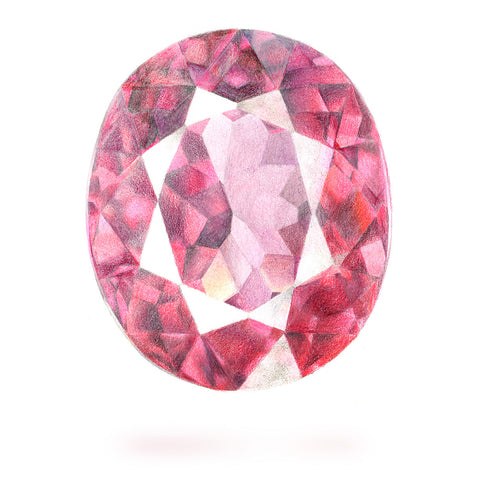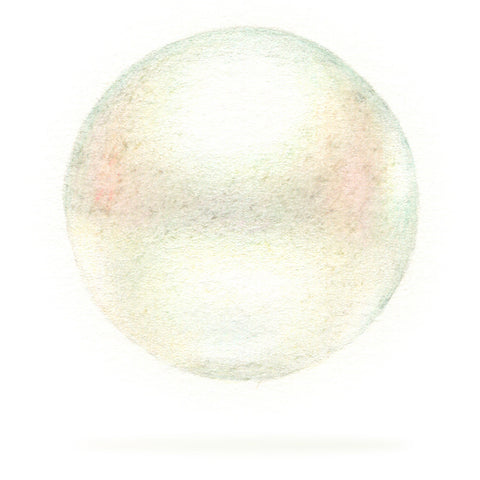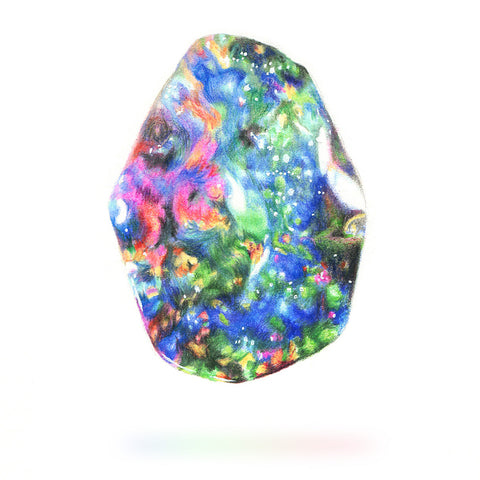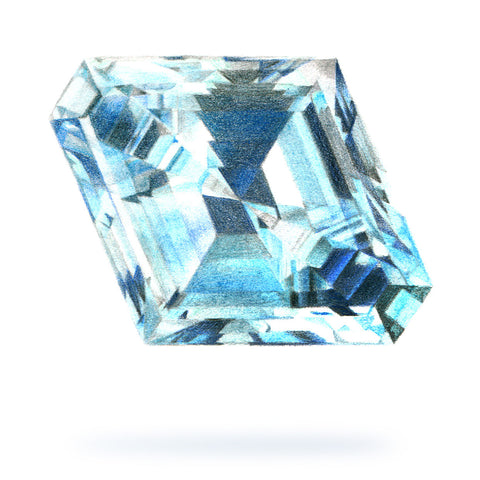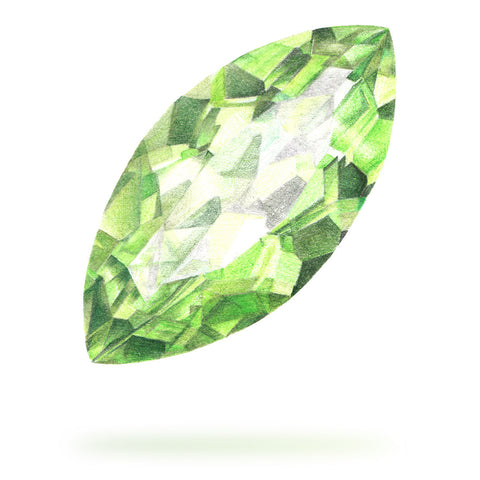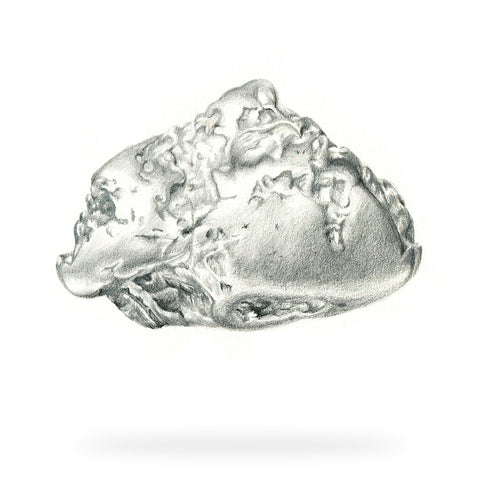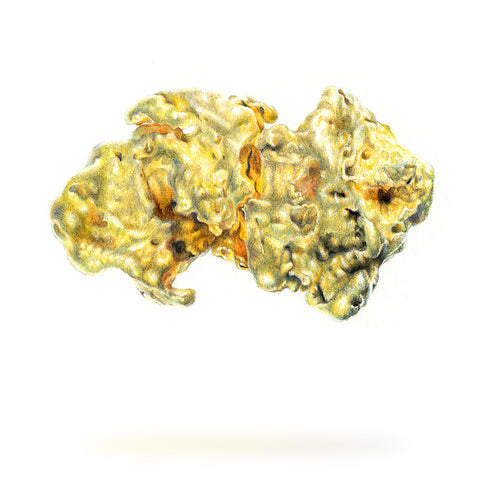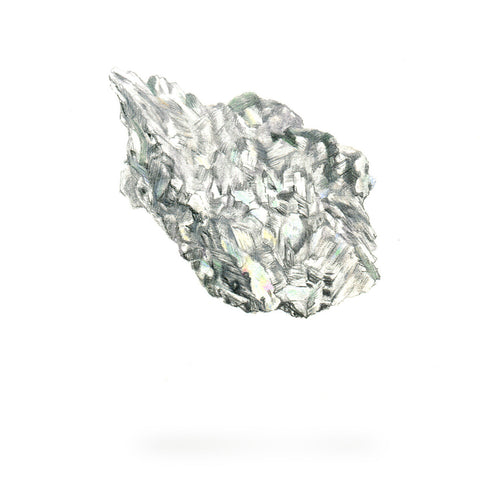Coloured Diamonds

Looking for a precious gem that is unusual but also hard wearing? Coloured diamonds are found in only 1 of every 10,000 white diamonds mined and range from the more affordable champagne colours to the extremely rare and valuable pinks and blues. Many of our artists use champagne diamonds and most of the world’s supply comes from the Argyle mine in the East Kimberley region of Western Australia. All natural fancy coloured diamonds obtain their colour due to an element's presence in the crystal structure, which affects the way light is absorbed. Typically this is identified as nitrogen in champagne, yellow and orange colours and boron in blue, but the element is still unknown in pinks.

- Mineral/Diamond
- Colour/Champagne, Yellow, Brown, Pink, Blue
- Moh's Hardness/10
- Birthstone/April
- Anniversary/60th & 75th
GRADING
Coloured diamonds are graded the same as a white diamond in regards to cut, clarity and carat but when it comes to colour, this and their size is the determining factor of the gem's value. Champagne diamonds are the most common, and least expensive, coloured diamonds. They range from a C1 (pale golden colour) to a C7 (dark chocolate colour).
Yellow diamonds are the next most common and the stronger and more intense the colour, the more valuable the stone. Rarer and thus more expensive are blue, green, pink and red diamonds. Again with these diamonds, the more intense the colour, the more valuable they are. Pink diamonds are amongst the most highly regarded and 90% of the world’s supply comes from Australia’s Argyle mine. Blue diamonds are graded within the spectrum of blue/violet, and red diamonds are the rarest of all the coloured diamonds.
In terms of their other qualities like hardness and refraction of light, they are on par with white diamonds and an excellent choice for their longevity, making them the most suitable gem for everyday wear. When considering your budget, keep in mind that champagne and yellow diamonds are generally less expensive than white diamonds, but the other colours can be many times more expensive than a white diamond, due to the scarcity of supply.
HISTORY
From antiquity until the 16th century, most of the world's recorded coloured diamonds are associated with India, where coloured diamonds were linked to the caste system. The Brahmin caste (priests) were allowed to wear white diamonds, the Kshatriyas (warriors and knights) could wear red diamonds (although it is most likely they used spinel as red diamonds are so rare), Vaishyas (land owners) could wear yellow diamonds, the Shudras (artisans and peasants) could wear grey and black diamonds, while the Maharaja (the king) could access all the colours.
It was Jean-Baptiste Tavernier (1605-1689), a French precious stone merchant, who brought coloured diamonds back to Western Europe. He made numerous journeys and even though he only visited three of India’s many diamond mines, the beauty and rareness of the diamonds that he brought back to Europe remain unsurpassed today. The Koh-i-Noor (Mountain of Light) and the Hope (Large Blue Diamond) are two examples of the magnificent and invaluable stones with which he returned.
Due to the De Beers monopoly and marketing of white diamonds, it is only since the 1970s and 1980s that a passionate number of gem dealers began to generate a new interest in coloured diamonds. The last decade has seen a significant rise in the demand for these beautiful gems and their popularity is increasing.
CARE
We highly recommend diamonds for all types of jewellery but especially for rings as they are the most resistant to wear over time. A diamond is an excellent choice for longevity but be aware that any stone can break if it is hit hard enough, even a diamond. Wear all jewellery with care and avoid exposure to abrasive materials, harsh chemicals and extreme changes in heat.
To clean, soak your diamond piece in a dish of warm soapy water and use a soft toothbrush to gently brush away any built up residue. You can also use a jewellery cleaning cloth or professional jewellery cleaning products developed to be safe on diamonds. Professional jewellers like Pieces of Eight use an ultrasonic machine to clean your diamonds; bring them in for an annual clean and check.



